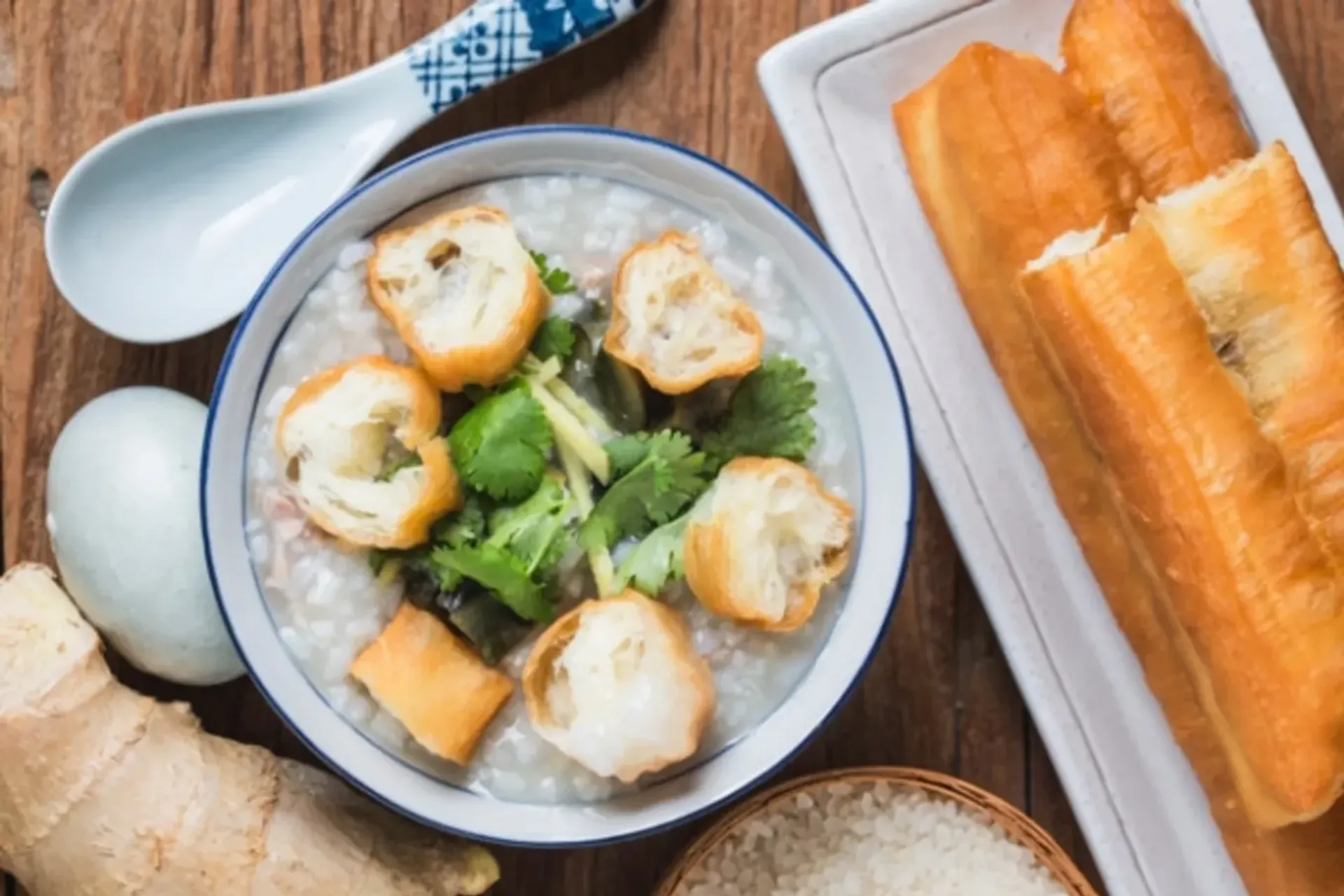Belonging to the type of bivalve molluscs, hawthorn is a common seafood, abundant in Quang Ninh waters. Ha usually live in clear sea water, strong tidal currents, they mainly eat small, plankton living in the water. Outwardly, the hawthorn has a rough shape, surrounded by two hard shells. To be able to separate the intestines from the hard shell, seafarers need to be skillful and have their own tools in the shape of a small, pointed hammer to separate them.
Although difficult to catch, small intestine, but ha is a delicious, cool seafood with high nutritional value. Ha Porridge in Quang Ninh is quite similar to mussel porridge in the delta, but this porridge is not fishy but has a pleasant and easy-to-eat taste.
To cook delicious ha porridge, market-goers should choose to buy freshly beaten ha, the gourd is medium-sized, even and fresh. Ha brought it back, washed it thoroughly with 2-3 water, and dried it. The processor needs to pay attention to pick up all the residue or stones that are still inside the hawthorn so as not to cause a gritty, uncomfortable feeling when eating. Next, the ha is put in the frying pan with onions, the fat is fragrant until it’s hunted, then pour it out separately. This processing method not only helps to ripen the hawthorn, but also eliminates the fishy smell of the hawthorn. Ha porridge is very easy to eat, nutritious, used when hot is the most delicious. It will be an omission if the cook does not add to the bowl of fragrant ha porridge with some spices such as Chinese smell, laksa leaves, spring onions and freshly eaten northern pepper.
Price: 40,000 VND/ bowl
Address: Co Hang porridge – 42 Tran Hung Dao, Bach Dang, Ha Long, Quang Ninh
Source: Collected internet.
The specialties of each region of Vietnam carry within themselves the local lifestyle and the quintessence of nature there. The North cherishes delicate recipes, like a delicious bowl of bun thang that must be prepared for many hours. In the Central region, royal culinary traditions and typical spices blend in unique dishes such as lotus rice or spring rolls. Southern braised fish and sour soup come from abundant seafood resources, the pride of the Mekong Delta.
Vietnam, whose national name is the Socialist Republic of Vietnam, is a socialist country located at the eastern tip of the Indochina peninsula in Southeast Asia, bordering Laos, Cambodia, China, and the sea. East and Gulf of Thailand. The territory of Vietnam has been inhabited since the Paleolithic era, starting with the states of Van Lang and Au Lac. Au Lac was annexed by the Trieu Dynasty in the North in the early 2nd century BC, followed by a period of Northern domination lasting more than a millennium. The independent monarchy was re-established after Ngo Quyen's victory over the Southern Han dynasty. This event paved the way for independent dynasties to succeed and then repeatedly win against wars of invasion from the North as well as gradually expanding to the south. The final period of Northern domination ended after the Lam Son insurgent army's victory over the Ming Dynasty.
Vietnam's terrain has about 40% mountains and forests, 40% hills and coverage of about 75% of the country's area. There are mountain ranges and plateaus such as Hoang Lien Son range, Son La plateau in the north, Bach Ma range and plateaus following the Truong Son range in the south. Network of rivers and lakes in the delta or mountainous areas of the North and Central Highlands. The delta accounts for about 1/4 of the area, including deltas such as the Red River Delta, Mekong River Delta and the Central Coastal Plains, which are densely populated areas. Cultivated land accounts for 17% of Vietnam's total land area.
According to the ups and downs of the nation's history, Vietnamese customs and practices are constantly being innovated according to social trends. One of the oldest and most influential customs in history is the custom of chewing betel. This is a custom that dates back to the Hung King period and originates from the legend of Trau Areca and this custom has become a typical image of the brotherhood and love between husband and wife of Vietnamese people. Not only the custom of chewing betel, Vietnam also has another custom that was born in ancient times, which is the custom of welcoming the new year, also known as Tet - traditional Tet.

